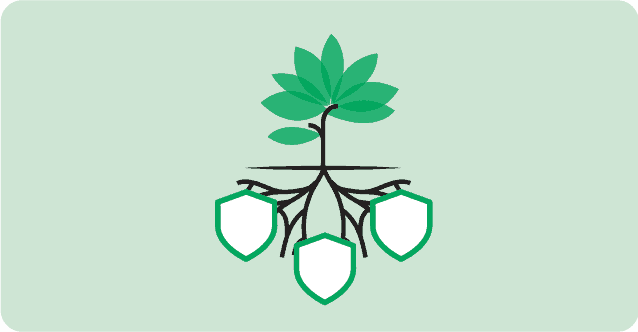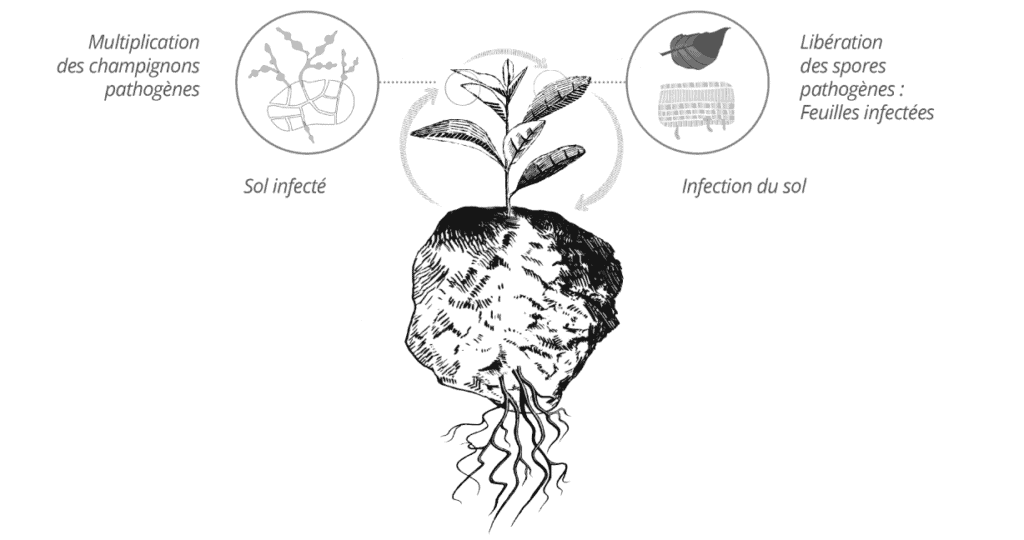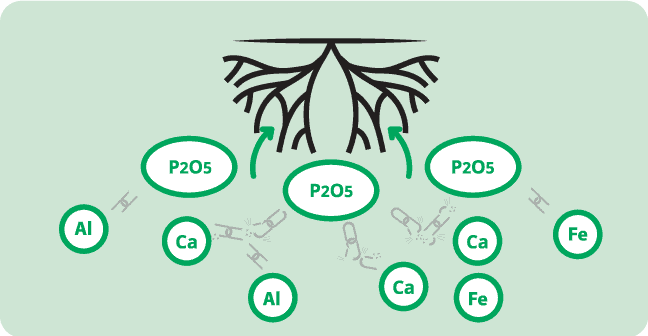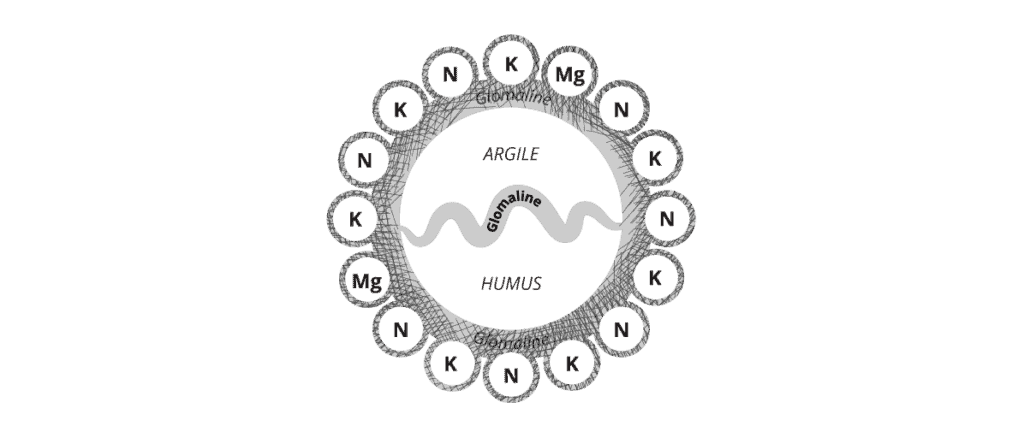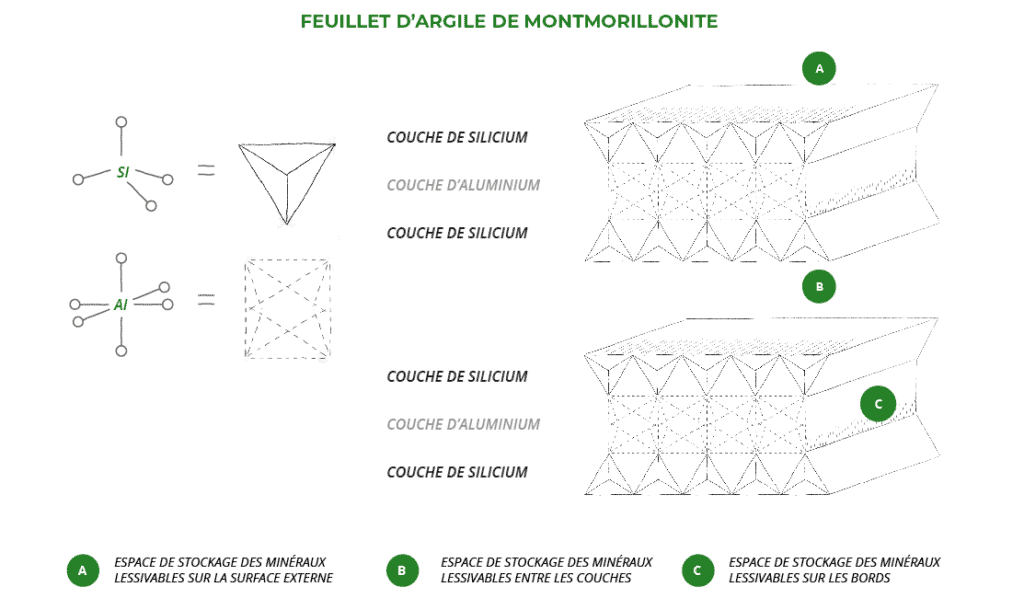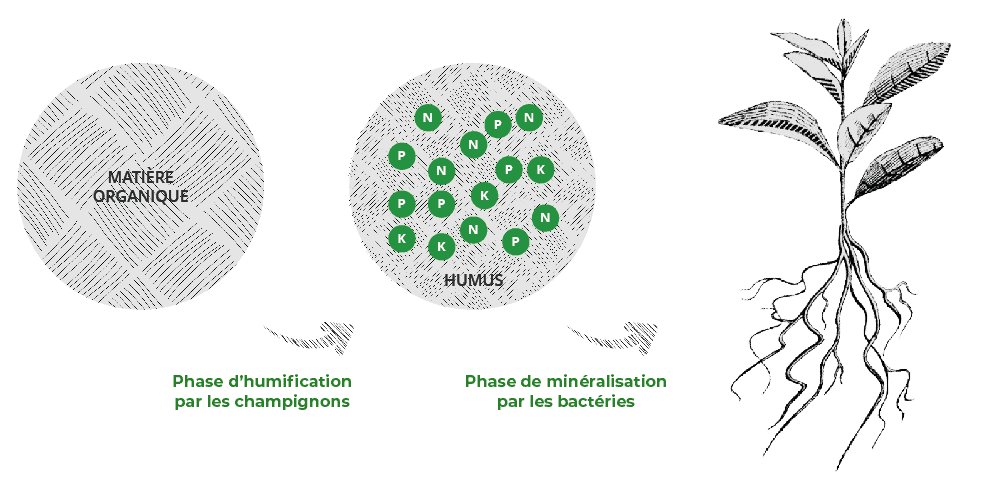Resistance of the root system to pathogen attacks
Factors influencing root system resistance to pathogen attack Because the roots are hidden beneath the soil surface, it is often forgotten that they contribute the most to high yields. There are different types of root systems. The 2 main root systems are the taproot and the fibrous or papillary root systems. The stake root system […]
Resistance of the root system to pathogen attacks Read More »

